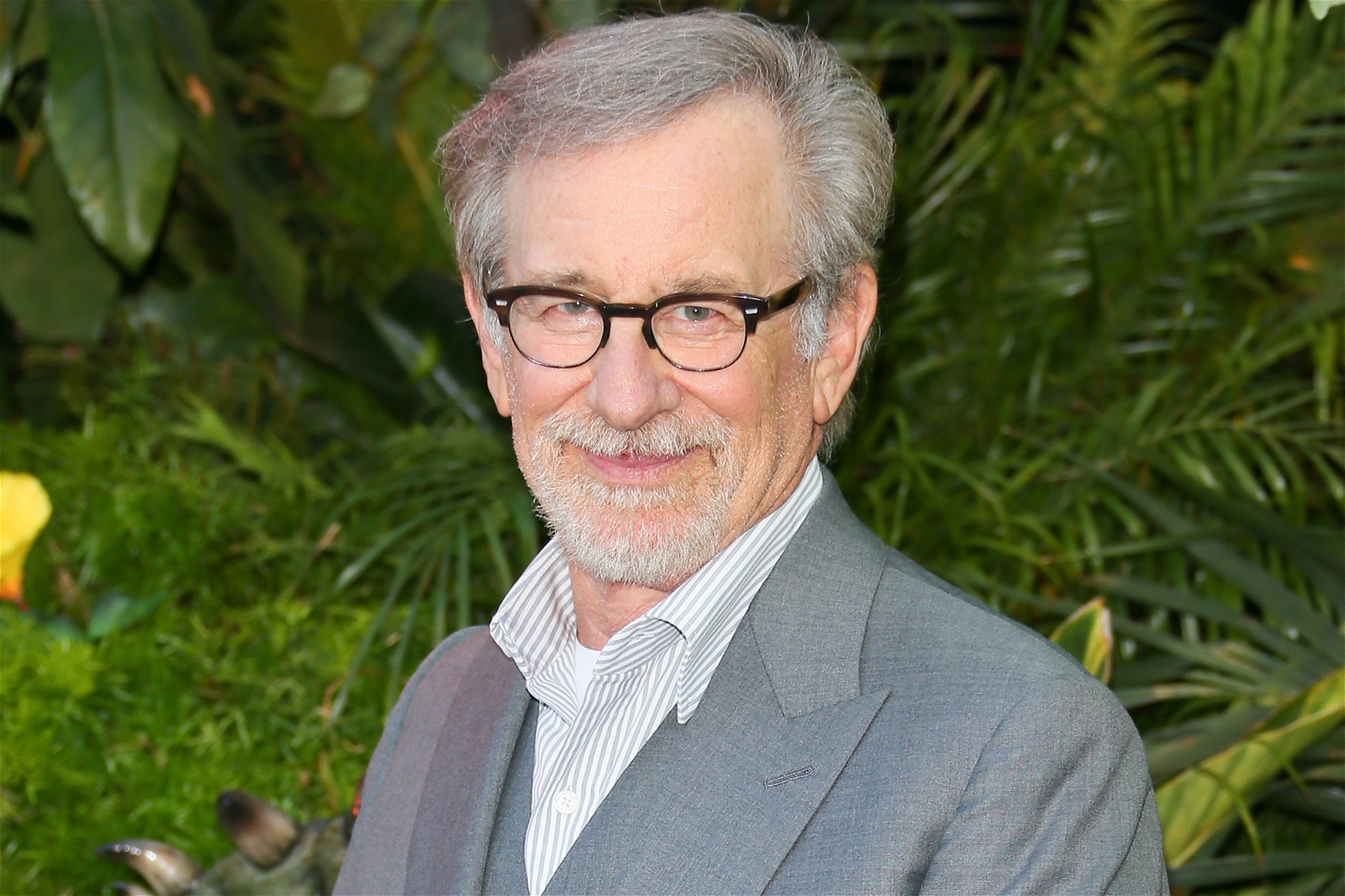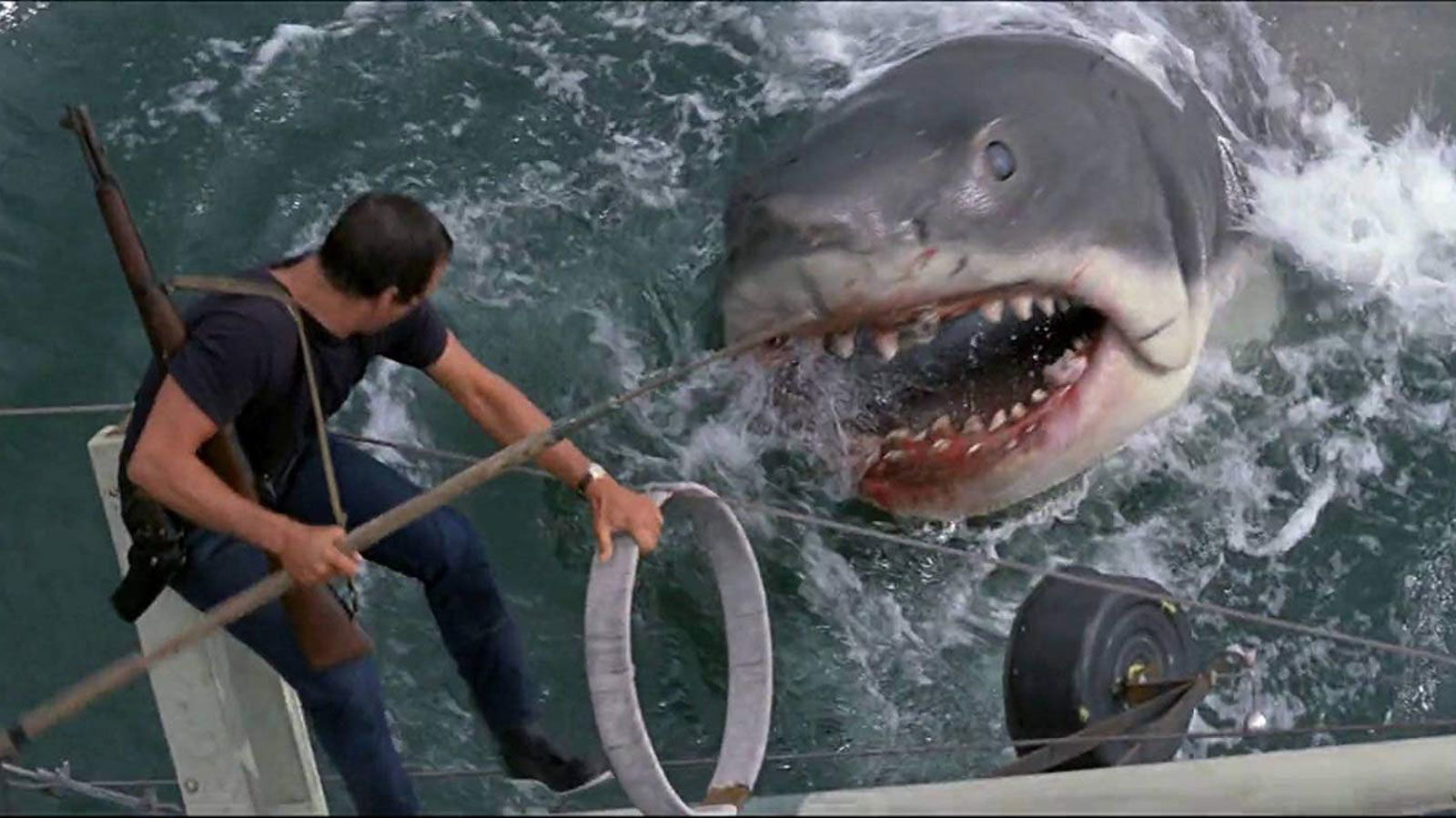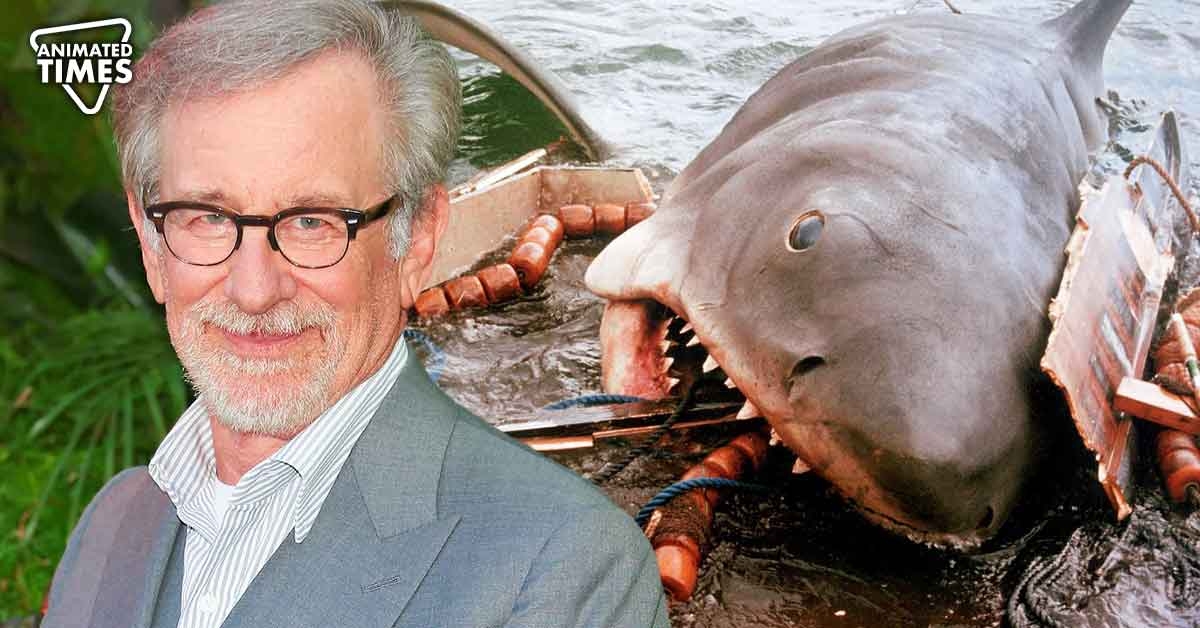“I don’t go into the water anymore”: Steven Spielberg Lost His Enthusiasm For the Sea After Filming This Iconic Classic
At the heart of Steven Spielberg’s artistic endeavor in Jaws lies a captivating complexity, where the realms of actors and directors seamlessly merge with the characters they breathe life into. The process of translating stories onto the silver screen is a deeply immersive one, but it doesn’t unfold without leaving its mark. A vivid illustration of this intricate interplay can be witnessed in the enduring masterpiece, Jaws. Under Spielberg’s adept guidance, this spine-tingling horror gem remains an unparalleled source of spine-chilling sensations for its audience.

For Spielberg, Jaws defined a crucial career juncture, shaping his early filmmaker identity. Spielberg’s vision, coupled with the film’s tumultuous journey, created an atmosphere where genuine fear and artistry intermingled. The boundary between fictional ocean terrors and real filmmaking anxieties often melded, creating a symphony of emotions that resonated on and off-screen. The same waters that enthralled and terrified the characters mirrored the unpredictable challenges faced by the production crew.
Steven Spielberg’s Aquaphobia After Jaws Shooting

The production of Jaws presented both challenges and opportunities for director Steven Spielberg, ultimately leading to a shift in his relationship with water. Looking back at the making of the iconic film, Spielberg’s decision to shoot on location in the ocean rather than in a controlled studio environment allowed for a level of authenticity that would have been difficult to replicate otherwise. However, the reality of working in such an unpredictable and demanding environment became apparent as the production progressed. The director shared,
“I was pretty naive about mother nature and the hubris of a filmmaker who thinks he can conquer the elements was foolhardy, but I was too young to know I was being foolhardy when I demanded that we shoot the film in the Atlantic Ocean and not in a North Hollywood tank. But had I to do it all over again I would have gone back to the sea because it was the only way for the audience to feel that these three men were cast adrift with a great white shark hunting them.”
Amidst discussions of the film’s challenges, Spielberg mentioned in passing that he no longer enters the water. The cryptic nature of this statement raises questions about whether he was referring to his avoidance of water during filming or more general avoidance of water-related activities. The difficulties encountered throughout the production process, coupled with the technical hurdles presented by the mechanical shark’s functionality, likely contributed to Spielberg’s evolving perspective on the water.
Also Read: One ‘The Last of Us’ Episode Made Steven Spielberg Directly Reach Out to Pedro Pascal Series Creator
Steven Spielberg’s Traumatic Journey in Crafting Jaws

The cinematic masterpiece Jaws has left an indelible mark on both film history and popular culture, captivating audiences with its heart-pounding suspense and groundbreaking special effects. Director Steven Spielberg masterfully crafted the illusion of Chrissie’s violent encounter with the shark, a sequence that left viewers on the edge of their seats. To achieve the illusion of Chrissie’s struggle, actress Susan Backlinie wore a harness connected to wires that were secured to stakes on the beach.
Ten crew members split into two groups and worked in tandem to create the illusion of her being pulled forcefully by the unseen predator. Spielberg himself played a hands-on role in this process, personally taking charge of the harness and wires during the initial shark attack on Chrissie. This detail, seemingly unremarkable at first, hinted at the director’s immersive dedication to his craft.
The boat used for filming posed its own challenges, even attracting real aquatic dangers. In an eerie coincidence, a real shark destroyed the shark cage during a scene, startling the crew and nearly sinking the ship. Another incident saw the boat actually start to sink, putting Spielberg, writer Carl Gottlieb, and the film stock in danger. These events highlighted the unpredictable connection between filmmaking and nature, blurring the line between art and reality, much like the suspenseful narrative of the film.
Source: The Digital Fix





